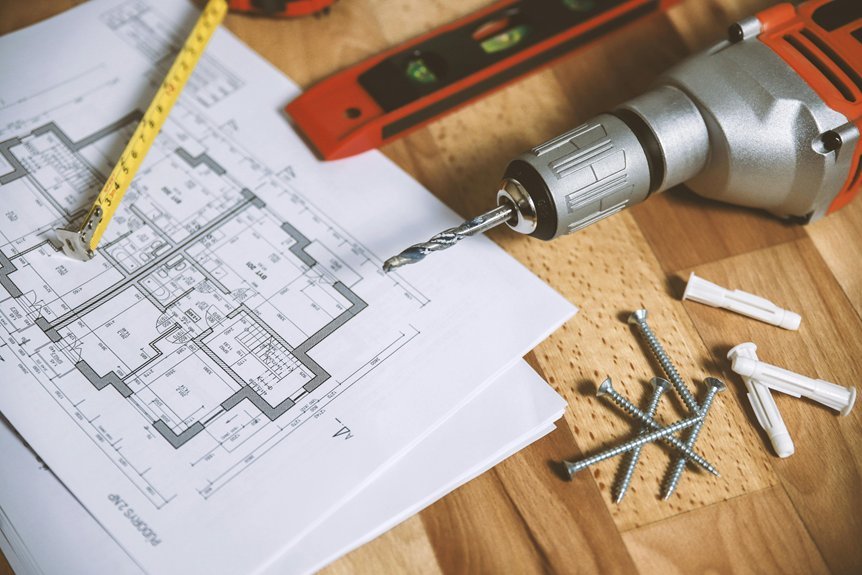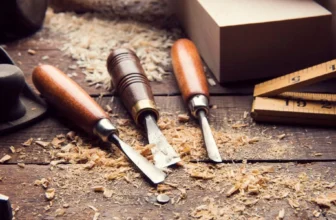
Using low-cost woodworking jigs can elevate your projects significantly. By selecting the right jig for your task, you'll achieve precision that might surprise you. It's all about understanding how to set them up correctly and make the most of your workspace. Whether you're cutting or joining pieces, a few techniques can make your work smoother and more efficient. Curious how to get started with the essentials? Let's explore the options.
Understanding the Basics of Woodworking Jigs
Woodworking jigs are essential tools that can elevate your projects by ensuring precision and consistency. Understanding the basics of these jigs is key to improving your craftsmanship.
A jig is essentially a custom-made guide that helps you shape, cut, or assemble wood pieces accurately. You'll find that jigs can save you time by simplifying repetitive tasks, whether you're making angled cuts or drilling holes.
It's important to choose the right jig for your specific project to achieve the best results. Familiarize yourself with different types of jigs, such as dovetail jigs and miter jigs, as each serves a unique purpose.
Essential Low-Cost Jigs Every Woodworker Should Have
Every woodworker should have a few essential low-cost jigs in their toolkit to simplify tasks and enhance accuracy.
Start with a crosscut sled, which ensures precise, repeatable cuts on your table saw. A straight edge guide is perfect for making accurate cuts with a circular saw.
Don't forget a doweling jig; it helps you align dowels perfectly for strong joints. A pocket hole jig is also invaluable for creating hidden joints with ease.
Lastly, consider a simple router jig for shaping edges or hollowing out wood.
These jigs won't only improve your woodworking skills but also increase your efficiency, allowing you to focus on creativity rather than struggling with measurements.
Investing in these jigs will pay off in the long run.
Tips for Building Your Own Jigs
Having the right jigs can significantly boost your woodworking projects, but sometimes, you might find that a custom jig better fits your specific needs.
Start by assessing your project requirements to determine what type of jig will work best. Use materials you already have, like plywood or MDF, to keep costs low.
Sketch out your design first—this helps you visualize the jig and identify any potential issues. Pay attention to measurements; accuracy is crucial for effective jigs.
Don't hesitate to test your jig with scrap wood before moving on to your actual project. Lastly, be open to making adjustments; sometimes, a small tweak can greatly improve your jig's performance.
Happy woodworking!
Techniques for Using Jigs to Enhance Precision and Efficiency
Unlock the full potential of your woodworking projects by mastering the use of jigs. Start by ensuring your jigs are securely anchored to your workspace; this prevents movement and enhances accuracy.
When setting up, double-check measurements with a reliable square or tape measure. Use clamps to hold your workpieces firmly in place, reducing the risk of slippage during cuts.
Don't hesitate to make test cuts on scrap wood to verify your settings before working on your final piece. Additionally, consider using different jigs for repetitive tasks, like doweling or mortising, to streamline the process.
Conclusion
By incorporating low-cost woodworking jigs into your projects, you can elevate your craftsmanship without breaking the bank. Remember to choose the right jig, secure your workspace, and always test on scrap wood first. With practice, you'll master these tools and achieve precision and efficiency in your woodworking endeavors. So grab your jigs, get creative, and enjoy the satisfaction of producing professional-quality results with every project you tackle. Happy woodworking!




